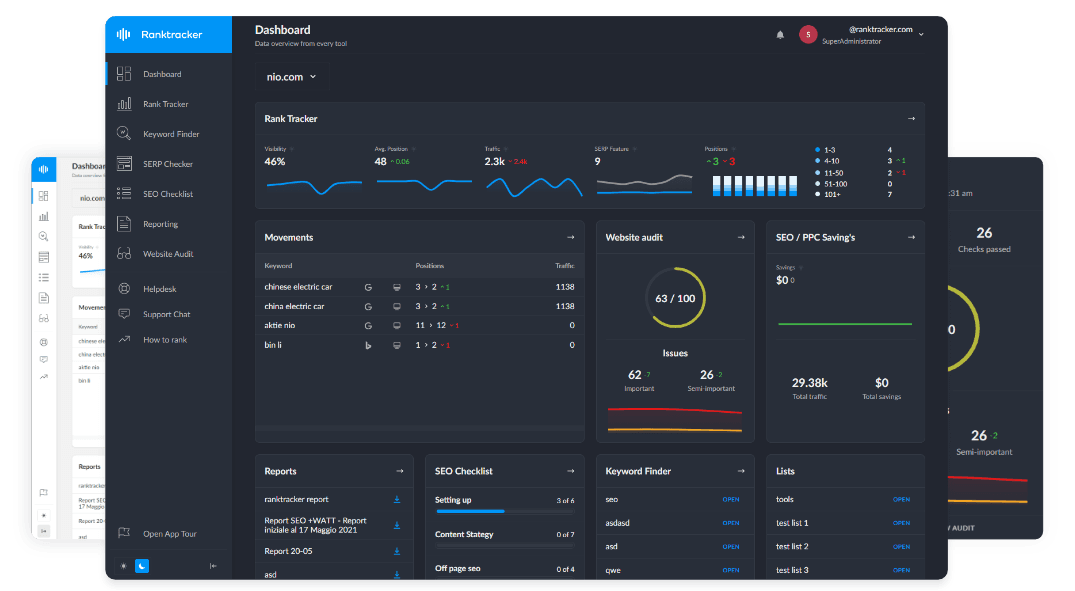Intro
As the digital world becomes increasingly user-focused, website performance is no longer just about loading quickly—it's about delivering a smooth, interactive, and visually stable experience. In 2021, Google officially made Core Web Vitals a ranking factor in its search algorithm, signaling the importance of these user experience metrics.
Whether you're a web developer, SEO specialist, or digital marketer, knowing what Core Web Vitals are—and how to improve them—can make or break your site's visibility and user retention. Let's talk about this in more detail with the team https://jugabet.cl/es/page/bonos.
What Are Core Web Vitals?

Core Web Vitals are a set of three specific metrics that Google uses to evaluate the quality of a user's experience:
-
Largest Contentful Paint (LCP) —Measures loading performance.
-
First Input Delay (FID) —Measures interactivity.
-
Cumulative Layout Shift (CLS) —Measures visual stability.
Each of these reflects a critical aspect of a user's experience. Together, they help Google assess whether your website is fast, responsive, and visually consistent.
Largest Contentful Paint (LCP)
**What it is:**LCP measures how long it takes for the largest content element (such as an image, video, or text block) to appear on the screen. It reflects perceived load speed.
✅ Good: ≤ 2.5 seconds ⚠️ Needs Improvement: 2.5–4.0 seconds ❌ Poor: > 4.0 seconds **Why it matters:**Slow LCP creates frustration and increases bounce rates. Users want to interact with a page quickly, and long wait times lead them elsewhere. How to improve LCP:
-
Optimize images (compress, use next-gen formats like WebP)
-
Use a faster web host
-
Implement lazy loading
-
Minimize render-blocking CSS and JavaScript
First Input Delay (FID)
**What it is:**FID measures the time between a user's first interaction (click, tap, key press) and the browser's response. It reflects site responsiveness.
✅ Good: ≤ 100 ms ⚠️ Needs Improvement: 100–300 ms ❌ Poor: > 300 ms **Why it matters:**If a user tries to click and nothing happens, frustration builds. Delays in interaction can feel like the site is broken or unresponsive. How to improve FID:
-
Minimize JavaScript execution time
-
Break up long tasks
-
Use web workers
-
Defer unused JavaScript
Cumulative Layout Shift (CLS)
**What it is:**CLS measures how much the content on the page moves unexpectedly during loading. Think of when you try to click a button and it shifts suddenly—annoying, right?
✅ Good: ≤ 0.1 ⚠️ Needs Improvement: 0.1–0.25 ❌ Poor: > 0.25 **Why it matters:**Unexpected shifts ruin the browsing experience and lead to misclicks or lost trust. CLS is crucial for accessibility and visual consistency. How to improve CLS:
-
Always include size attributes for images and videos
-
Avoid inserting content above existing content unless user-initiated
-
Use CSS to reserve space for ads, embeds, and dynamic content
Why Core Web Vitals Matter for SEO
Google prioritizes page experience as a ranking factor. Sites that perform well on Core Web Vitals not only rank higher but also:
-
Reduce bounce rates
-
Increase user satisfaction
-
Improve conversion rates
-
Gain a competitive edge in search results
Google uses these metrics in conjunction with other signals like mobile-friendliness, HTTPS, and no intrusive interstitials.
How to Measure Core Web Vitals
You can assess your site's Core Web Vitals with an AI-SEO tool or using tools like:
- Google PageSpeed Insights
- Lighthouse (Chrome DevTools)
- Search Console (Core Web Vitals report)
- Web Vitals Chrome Extension
These tools provide diagnostics, real-world field data, and recommendations tailored to your site.
Conclusion: Performance Meets User Trust
Core Web Vitals are more than just numbers—they’re indicators of how well your site serves its visitors. A fast, stable, and responsive website enhances trust and keeps users coming back. As Google continues to emphasize user experience, investing in Web Vitals optimization is no longer optional—it's essential.

